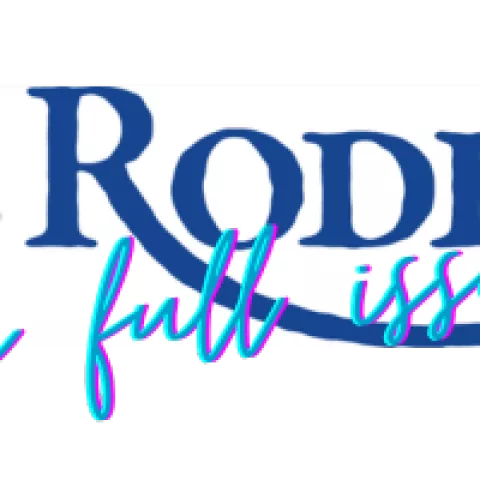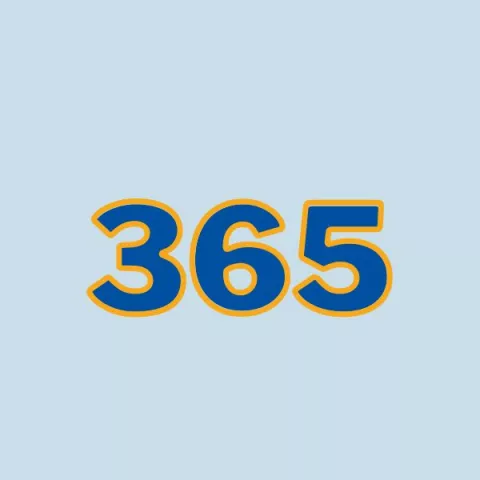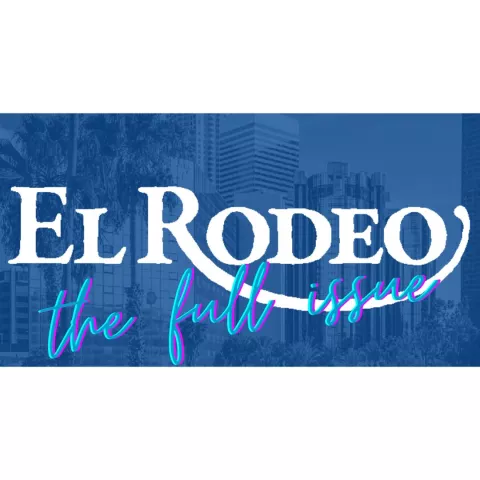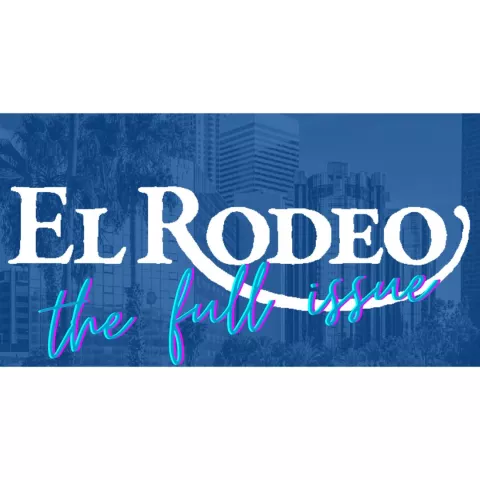Where is the automotive industry heading? Jason Hartwig will enlighten us about the future of mobility from automakers big and small. He’ll share more about innovations and technologies that are in the works and what you can expect the next time you go to buy a new car. Jason Hartwig is the Director of Education and Programming at the Petersen Automotive Museum where he develops unique tours and programs for students and visitors of all ages.
About the Petersen Auto Museum
Founded on June 11, 1994, by magazine publisher Robert E. Petersen and his wife Margie, the $40-million Petersen Automotive Museum is owned and operated by the Petersen Automotive Museum Foundation. The museum was originally located within the Natural History Museum of Los Angeles County, and later moved to a historic department store designed by Welton Becket. Opened in 1962, the building first served as a short-lived U.S. branch of Seibu Department Stores, before operating as an Ohrbach's department store from 1965 to 1986. Six years after Ohrbach's closed, Robert Petersen selected the largely windowless site as an ideal space for a museum—allowing artifacts to be displayed without harmful exposure to direct sunlight.
In 2015, the museum underwent an extensive $125 million renovation. The building's façade was redesigned by the architectural firm Kohn Pedersen Fox and features a stainless-steel ribbon assembly made of 100 tons of 14-gauge type 304 steel in 308 sections, 25 supports and 140,000 custom stainless-steel screws. Designers at The Scenic Route configured interior spaces to accommodate changing exhibits. The remodeled museum opened to the public on December 7, 2015.
The museum has over 100 vehicles on display in its 25 galleries. The remaining cars in the collection are kept in the vault on the building's basement level. Age restrictions and an admission premium are in effect to view the vault collection. The ground floor focuses on automotive artistry, displaying an array of extravagant automobiles. The second floor is principally concerned with industrial engineering—including design, performance, and a collection of interactive teaching exhibits. Special displays on the industry floor cover racing, motorcycles, hot rods and customs. The third floor chronicles the history of the automobile, with an emphasis on the car culture of Southern California.




